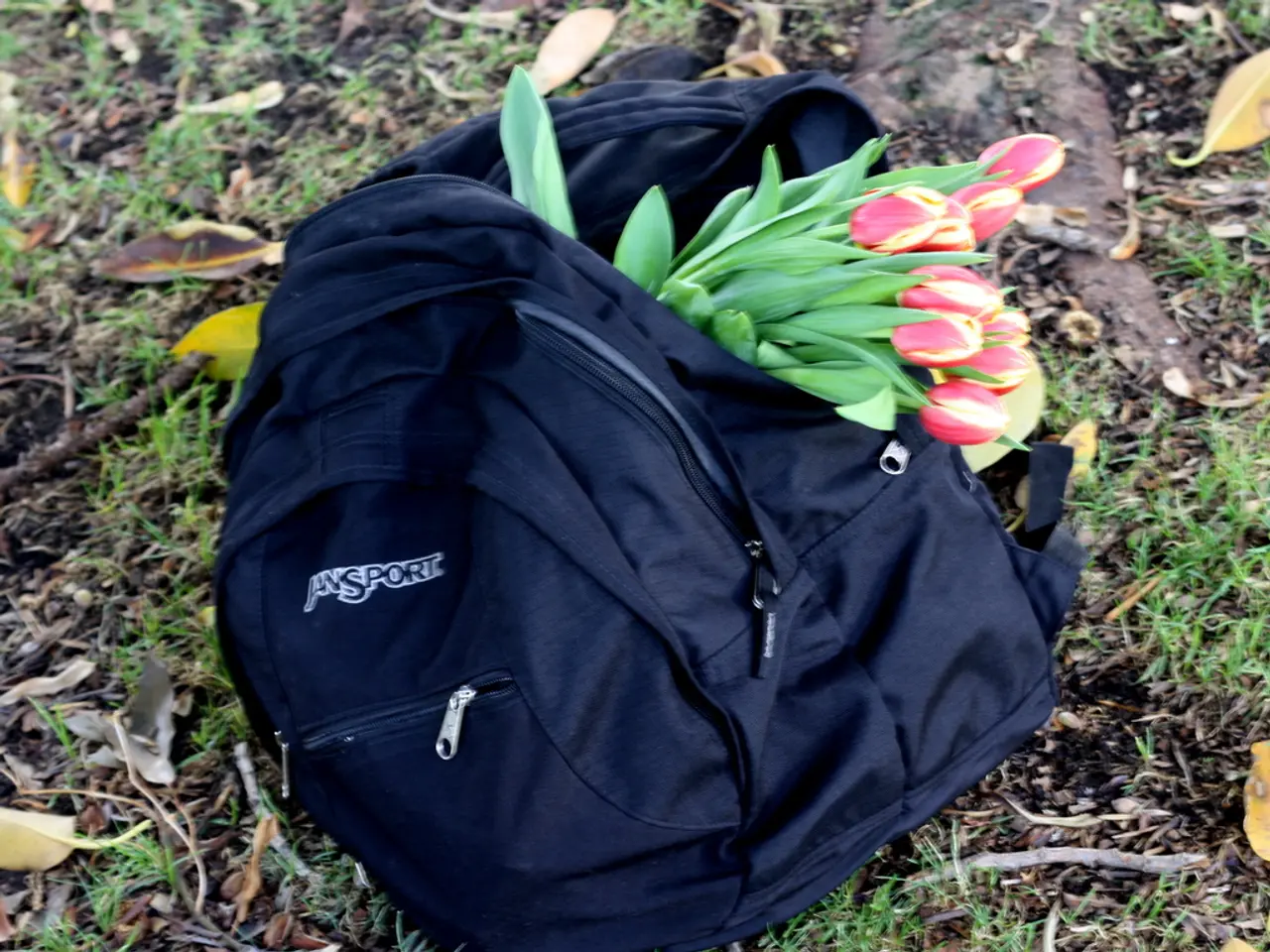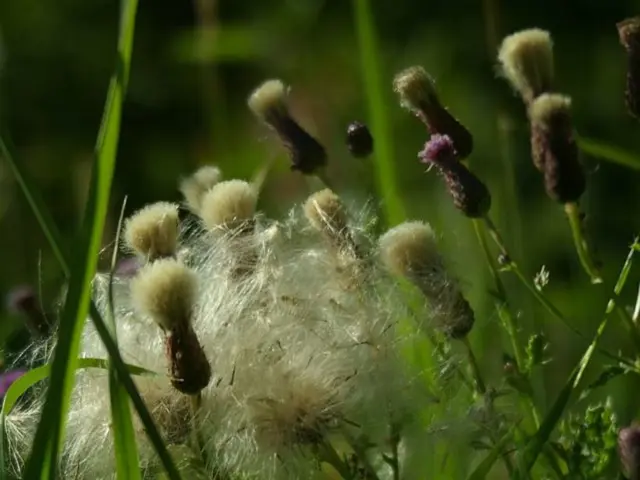Unveiling the Secret Recipes for Fertile Soil: Strategies for Thriving Cultivation
Tips for the Perfect Garden Soil Prep
Are you ready to cultivate a thriving garden? The secret to a successful harvest lies in preparing your soil like a pro. Here's a simple guide to help you get started.
- Clear the Way
First, get your work gloves on and clear out any rocks, debris, weeds, and lingering grass from your planting area. You're making room for a rich, vibrant garden!
- Loosen Up
Next, it's time to loosen the soil. Dig down to a depth of at least 8 inches, and if possible, go for 12 inches. Remember to be gentle to preserve the earthworm tunnels-they're doing a great job aerating your soil!
Clear the planting area
- Add Some Love
Clear out rocks, debris, grass, and weeds
Incorporate organic matter into your soil, like compost, aged manure, or leaf mold. Organic matter helps improve soil structure, along with moisture retention and aeration, essential for healthy plant growth. The ultimate goal is to create a nutrient-rich, drainage-friendly environment.
- Know Your Soil Type
Loosen the soil
Is your garden dealing with clay or sandy soil? Each requires slightly different care.
Dig to a depth of at least 8 inches, 12 is better
- Sandy Soil: Mix in organic matter to improve water-holding capacity and nutrient retention.
- Clay Soil: Adding compost and fibrous materials like straw can help improve its structure, making it easier for roots to navigate.
- Check Your Soil's pH
Testing your soil's pH level provides insights into the ideal conditions needed for your garden's success. Most garden veggies thrive at a pH of 6.0-7.0. You can conduct a DIY test or send a sample to your local university extension service for a more comprehensive analysis.
Add organic matter
- Optimize for Nutrients
Compost, aged manure, leaf mould, plant material, coconut coir, topsoil, wood ash, lime, sulfur, fertilizer, blood meal, alfalfa meal, seaweed, fish meal, bonemeal, rock phosphate, greensand, wood ashes, gypsum, kelp
In addition to organic matter, essential nutrients make a significant impact on plant health. A soil test will guide you on necessary amendments. Don't forget to factor in specific requirements for your chosen garden crop.
- Level up
Level the garden bed
Once you've made all the improvements, use a steel garden rake or hoe to level the garden bed for an even planting surface.
Use a steel garden rake or hoe
- Cover up For Winter
In colder climates, covering your beds with black plastic, cardboard, or clear plastic protects them from snow, rain, and erosion. It also helps soil warm up and dry out for spring prepping.
Cover the bed
- Stay Informed
Use black plastic, cardboard, or clear plastic
Stay curious and make informed decisions to cultivate a thriving garden. Consider the enrichment data below to optimize your soil preparation strategies based on soil type, organic matter, and nutrient levels.
Happy gardening, and remember to enjoy the journey as much as the harvest! 🌱✨
Test the soilUse a DIY jar test or send a sample to a university extension service
Enrichment Data:
👉 Starting a new garden or handling poor-quality soils? Partial tilling with the incorporation of organic matter can help improve the soil structure. However, be wary of frequent tilling as it may harm beneficial soil life.
Adjust the pH
👉 Think twice before grabbing that tiller. Low-till or no-till techniques can help maintain soil structure and preserve beneficial microbes and earthworms, ultimately benefiting garden growth.
Add lime to increase alkalinity or sulfur/powdered sulfur to increase acidity
👉 Watering your garden accordingly is crucial. Sandy soils may need extra attention to retain moisture, while heavy watering can be detrimental to clay soils. Aim to keep your soil balanced and well-draining for optimal plant growth.
👉 Testing your soil pH can help adjust the conditions to create an ideal environment for your plants to flourish.
👉 Mulching with materials such as straw, wood chips, or leaves can conserve moisture, suppress weeds, and add nutrients as they decompose. Consider using mulch to further improve your gardening efforts! 🌿🌱
- To ensure a vibrant garden, incorporate organic matter like compost, aged manure, or leaf mold into the loosened soil for improved soil structure, moisture retention, and aeration.
- It is essential to know the specific requirements of your soil type; for sandy soil, mix in organic matter to improve water-holding capacity and nutrient retention, while adding compost and fibrous materials like straw can help improve the structure of clay soil.








